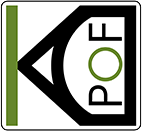KDPOF is looking forward to participating in the upcoming virtual ISCAS 2020 from October 10 to 21 with several contributions: a presentation on multi-gigabit Ethernet for the automotive industry, an overview lecture on high-speed data communications over POF, and an important role in the final industry panel session. The IEEE International Symposium on Circuits and Systems (ISCAS) is the flagship conference of the IEEE Circuits and Systems (CAS) Society and the world’s premiere networking forum for researchers in the highly active fields of theory, design, and implementation of circuits and systems.
Presentation: Towards the Multi-Gigabit Ethernet for the Automotive Industry
On Tuesday, October 13, 2020, from 17:15 to 18:55, session Chairmen Enrique Prefasi Sen, Analog and Mixed Signal Senior Designer of KDPOF, and Alberto Rodríguez-Pérez, Analog and Mixed Signal Manager of KDPOF, will present the paper “Towards the Multi-Gigabit Ethernet for the Automotive Industry”. The paper, within the special session “Multi-gigabit Wireline & Optical Communication Circuits & Systems Session”, will show the status of Ethernet-based communication solutions, focused on optical links for the automotive industry. First, the presenters will display the implementation of a product compatible with the 1000BASE-RHC according to the IEEE Std 802.3bv, which is the first one able to transmit 1 Gbps over POF for automotive. Second, the KDPOF experts will describe a new architecture to achieve up to 25 Gbps for automotive. The proposed multi-gigabit system leverages existing technologies such as VCSELs, multi-mode fibers, and photodiodes already developed for the data center industry.
Lecture: High-Speed Data Communications over Plastic Optical Fibers
Alberto Rodríguez-Pérez will give an overview lecture on Saturday, October 17, 2020, from 16:00 to 16:45 in virtual room 2. In his lecture, Alberto will show an overview of the use of Plastic Optical Fiber as a medium for optical data communications and the techniques needed to get high speed data bitrates over POF. It is an interesting alternative optical communication channel to the Glass Optical Fibers (GOF) for applications that are not required to cover long distances, such as home or automotive networking. However, the reduced low bandwidth of the POF channel imposes big limitations in the maximum data bitrate that can be transmitted through this medium. Consequently, advanced data communication techniques such as channel equalization, data error correction, or data signal modulation need to be applied to achieve data bitrates above 1 Gbps.
Industry Panel
KDPOF is also substantially involved in the final Industrial Panel Discussion on Wednesday, October 21, 2020, from 16:45 to 17:45. Alberto Rodríguez-Pérez will chair the panel and Rubén Pérez de Aranda, CTO of KDPOF, will participate as panelist.
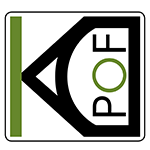
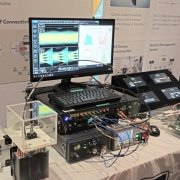
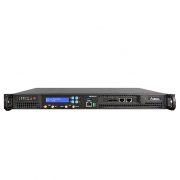 Aukua Systems
Aukua Systems
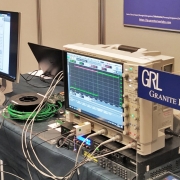 KDPOF
KDPOF

